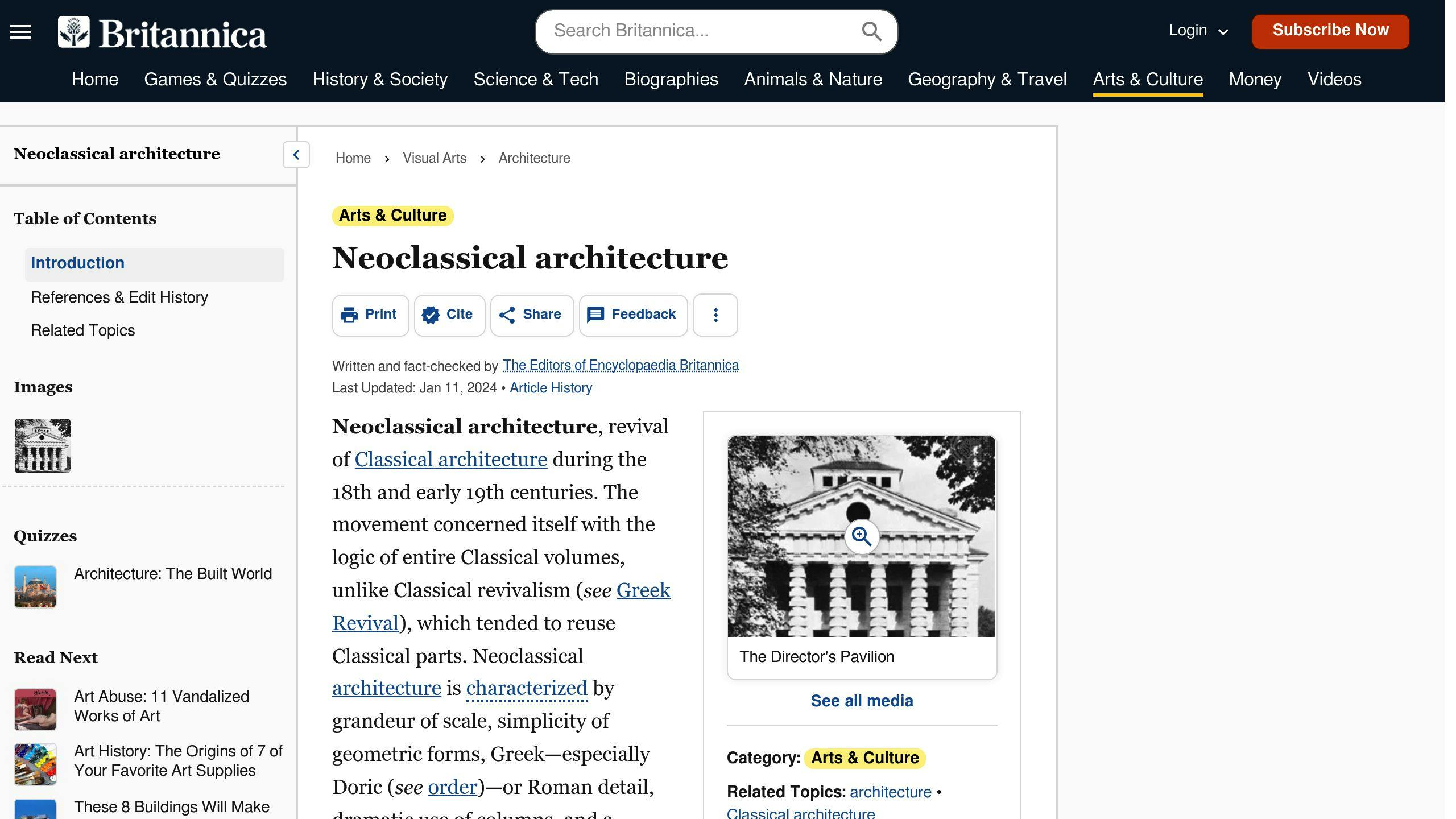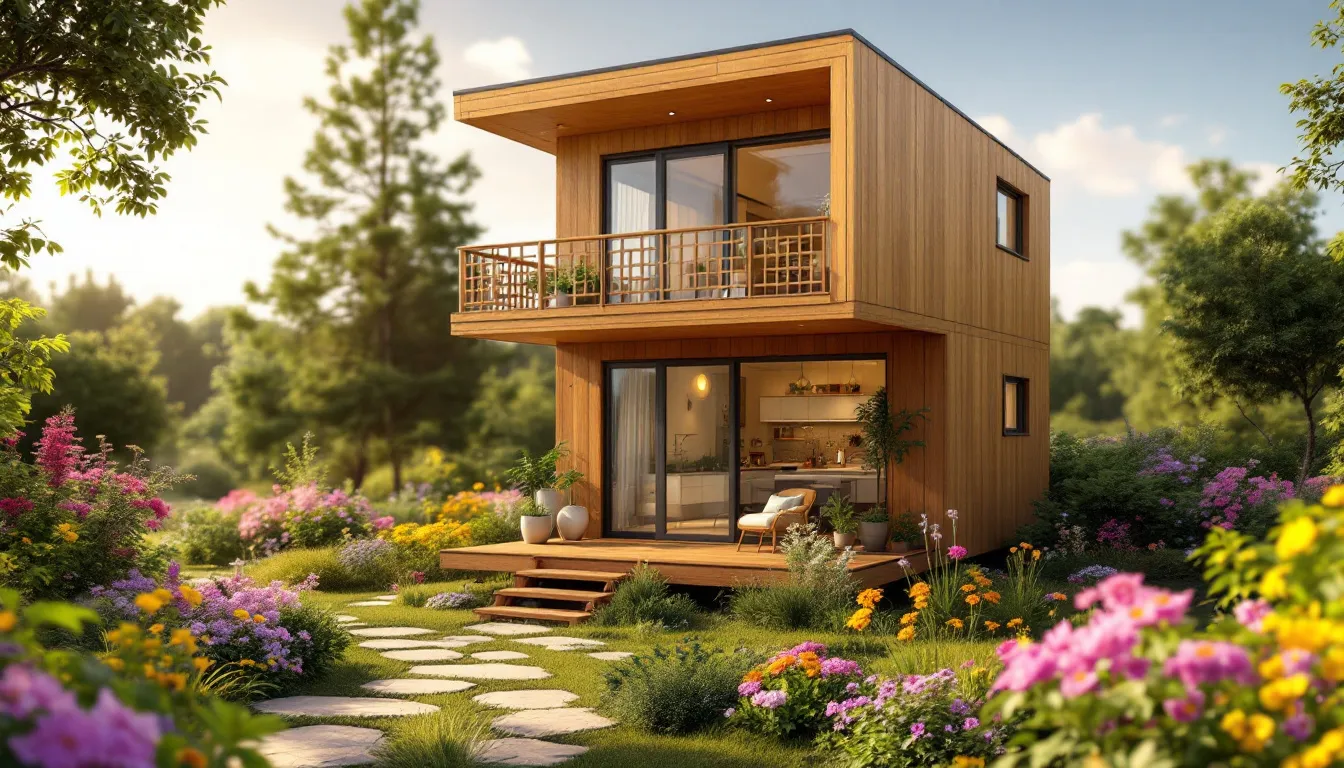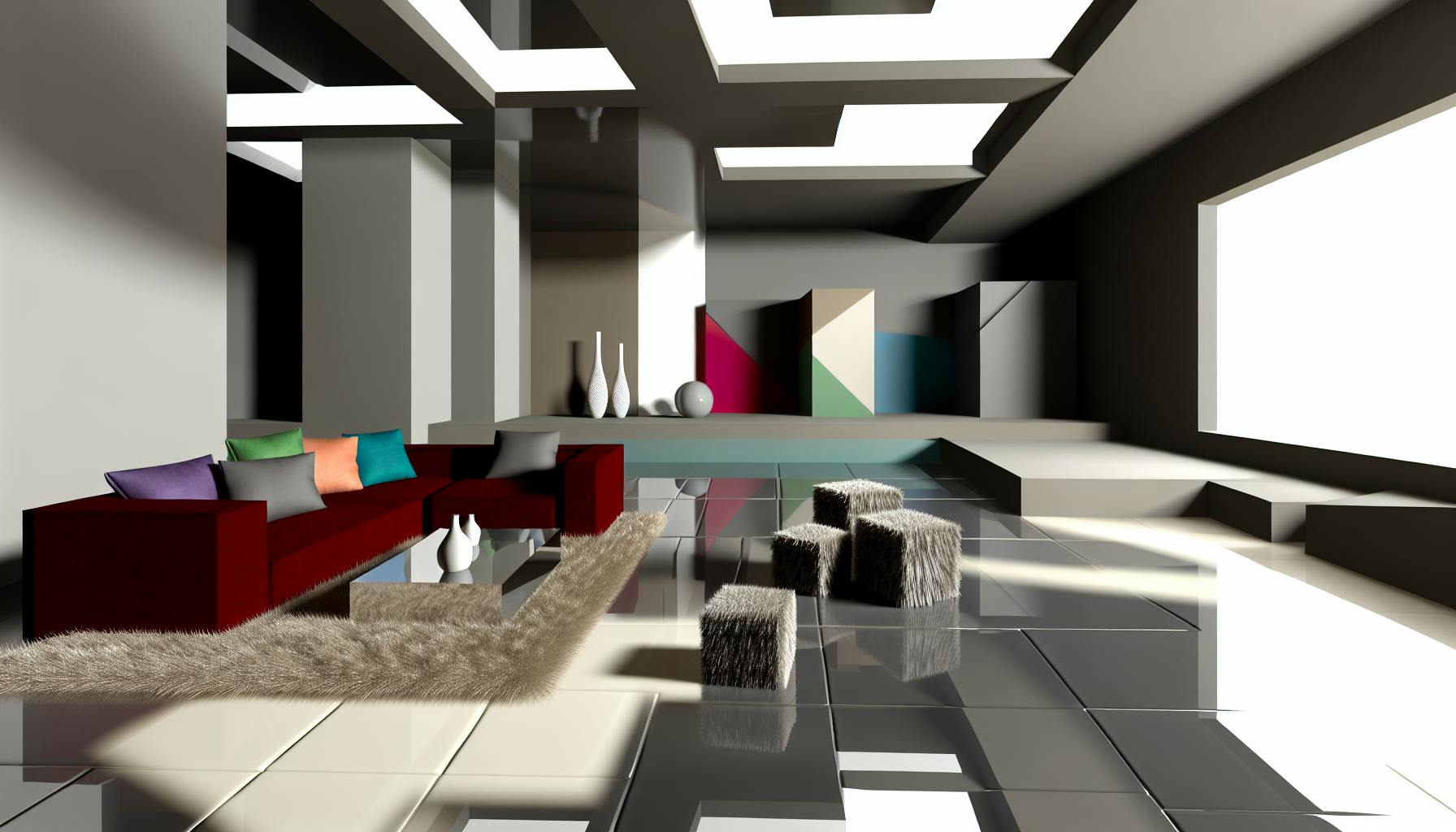European architecture style spans thousands of years, showcasing a rich tapestry of designs that reflect the continent's historical and cultural evolution. From ancient Greek and Roman foundations to contemporary innovations, these styles have made significant impacts worldwide. Here's a quick overview:
- Ancient Greek and Roman Architecture: Introduced the use of columns, arches, and domes, emphasizing balance and proportion.
- Byzantine Architecture: Known for its grand domes and lavish decorations, blending Eastern influences.
- Romanesque and Gothic Architecture: Featured massive structures with detailed facades, the latter aiming for verticality and light.
- Renaissance and Baroque Architecture: Returned to classical roots with symmetrical designs, later evolving into dramatic and ornate structures.
- Modernism and Contemporary Styles: Embraced simplicity and functionality, utilizing new materials and technology to push design boundaries.
Each style contributes to the diverse architectural landscape, reflecting changes in society, technology, and artistic preferences.
Greek Architecture
Greek architecture (900 BC - 1st century AD) gave us things like columns and temples, focusing on balance and simple shapes. Important points include:
- Columns were a big deal, coming in three styles: Doric, Ionic, and Corinthian
- Everything was about balance and the right proportions, aiming for a perfect look
- Temples were the main buildings and were made to be pretty as well as useful
- The Parthenon is a great example of Greek design, with its even layout and columns
Some well-known Greek buildings are the Parthenon, the Temple of Hephaestus, the Ancient Agora of Athens, and the Theater of Dionysus.
Roman Architecture
Building on what the Greeks started, Roman architecture (500 BC - 476 AD) brought new ideas like using concrete and making arches and domes. This can be seen in the Colosseum and Pantheon. Key features include:
- Arches and domes made it possible to build big spaces inside and keep buildings strong
- Concrete let them create shapes that couldn't be done with just stone
- They built big things like aqueducts and bridges that showed off their engineering skills
- Amphitheaters were places where people could watch events and were a sign of Rome's power
Famous Roman buildings include the Colosseum, the Pantheon, the Aqueduct of Segovia, and the Pont du Gard aqueduct bridge. Roman building methods would keep influencing how things were made in Europe for a long time.
Early Christian & Byzantine Architecture
When Christianity became the main religion in the Roman Empire, architects started to mix Roman building ideas with styles from the East.
Early Christian Architecture
In the beginning, Christian churches took some cues from Roman public buildings, making spaces for large groups to gather and worship. Here are the basics:
- These churches were designed like Roman public buildings with a big main area and smaller side spaces
- Special places for baptism, called baptisteries, were made with pools
- Walls and ceilings often had pictures made from tiny colored pieces or paintings showing stories from the Bible
- Christian symbols, like the cross, were part of the design
Some well-known examples are the Basilica of San Clemente in Rome and the Basilica of Sant'Apollinare Nuovo in Ravenna, Italy.
Byzantine Architecture
Byzantine architecture (from the 4th to the 15th century) took Roman building skills and added Eastern touches, like in the famous Hagia Sophia in Constantinople. Here's what made it special:
- Buildings often had a central plan with a big dome on top
- To support the dome, they used a clever trick with curved triangles called pendentives
- Inside, walls and ceilings were covered with colorful pictures made from tiny pieces showing Christian scenes
- The decoration was lavish, using marble, more tiny pieces, paintings, and gold trim
The Hagia Sophia in Istanbul is a standout example of Byzantine architecture. Other examples include the Basilica Cistern and Chora Church in Istanbul, and the Monreale Cathedral in Sicily. This style of building had a big impact on later church designs across Europe.
Medieval Architecture
Medieval architecture shows us how Europe changed after the Roman Empire fell apart. This period brought us the strong castles, peaceful abbeys, and the big, sturdy churches of Romanesque style, which then evolved into the tall, detailed Gothic style.
Romanesque Architecture
Starting around the 1000s, Romanesque architecture includes features like:
- Round arches
- Curved ceilings like barrels
- Thick walls
- Buildings that looked like fortresses
You can see this style in places like Durham Castle and the Basilica of Saint Sernin.
Gothic Architecture
Beginning in the 1100s in France, Gothic architecture is known for:
- Arches that come to a point
- Ceilings with rib designs
- Supports called flying buttresses that let walls be thinner and windows bigger
- A focus on making buildings tall and filled with light
Famous examples include the Notre-Dame Cathedral and Milan Cathedral.
Renaissance & Baroque Architecture
When Europe started getting richer and rediscovering old ideas about beauty and balance, buildings began to look more symmetrical and elegant, and they also started adding fancy domes and decorations.
Renaissance Architecture
In the 1400s in Italy, architects went back to the drawing board with ideas from ancient Greece and Rome, making buildings that were all about balance and beauty. They paid a lot of attention to making everything look just right, using old-school columns and domes but with a fresh twist. For example:
- They brought back old styles from Greek and Roman times, focusing on making things look balanced and neat.
- Buildings were designed to be symmetrical, with a big emphasis on geometry and precise measurements.
- They used classical bits and pieces like columns and triangular decorations.
- The overall look was clean, orderly, and had lots of straight lines and circles.
- Domes became a big deal again, thanks to new ways of building them.
- Decorations were classy and not too over the top.
Some famous spots that show off this style include the Florence Cathedral, St. Peter's Basilica, and the Pitti Palace. This way of building spread all over Europe.
Baroque Architecture
Starting in the 1500s in Italy, buildings got even more dramatic with bold curves, fancy paintings, and tons of decorations meant to make you go 'wow'. Places like St. Peter's Square and the Palace of Versailles are perfect examples. Here's the scoop:
- Buildings often had curves and were not always straight or square-shaped.
- They loved using big, sweeping shapes and putting windows and doors in oval shapes.
- Towers and shapes were designed to grab your attention and make buildings look grand.
- Everything was made to impress, with huge spaces and lots of drama.
- They mixed up architecture with sculpture and painting to create a full experience.
- There was a lot of use of gold, fancy plaster, marble, and shiny decorations.
- The designs felt alive, with lots of movement and excitement.
St. Peter's Square, the Palace of Versailles, and the Church of the Gesù are some places where you can see this style. Baroque really changed how churches and palaces were built all over Europe.
19th Century Revivals
The 1800s brought back a lot of old styles, from Neoclassical to Gothic Revival. Architects during this time looked back at history for inspiration.
Neoclassical Architecture

Neoclassical architecture, popular from the mid-1700s to the early 1900s, took a lot of ideas from ancient Greek and Roman buildings. This style can be seen in places like the Brandenburg Gate and the British Museum. It's all about:
- Keeping things balanced and even
- Using columns, domes, and other shapes from ancient times
- Looking back at Ancient Greek and Roman designs
- Keeping designs simple and organized
- Adding fancy details from the past
Some famous spots include:
- The Brandenburg Gate in Berlin
- The British Museum in London
- The United States Capitol in Washington D.C.
Gothic Revival Architecture
In the same period, there was a big interest in the medieval Gothic style, leading to the Gothic Revival. This style tried to copy the detailed and tall look of old Gothic churches, like the UK Houses of Parliament show.
It's known for:
- Arches that come to a point
- Supports outside the walls (flying buttresses)
- Lots of detailed sculpture work
- Colorful stained glass windows
- Tall towers and spires
- Making buildings look tall and reaching upwards
Some well-known examples are:
- The Palace of Westminster (Houses of Parliament) in London
- St. Patrick's Cathedral in New York
- The Washington National Cathedral in Washington D.C.
sbb-itb-1be9014
Modern Architecture
Starting from the late 1800s and moving forward, modern architecture took a big leap. It used new materials and technology to create buildings that were all about being useful and didn't just copy old styles. This is how we got the cool glass and steel skyscrapers we see today.
Art Nouveau
Art Nouveau (1890-1910) was all about doing something new. Instead of looking back at old styles, it brought in designs that were inspired by nature, like the curvy lines of plants and flowers. This style showed up in buildings like Gaudi's Casa Batlló and those fancy entrances to the Paris Métro.
Key points:
- Designs were inspired by nature, with lots of curves and natural shapes.
- It was a break from old styles, aiming for something fresh and modern.
- Used new materials that allowed for more creative designs.
Some well-known examples:
- Casa Batlló by Antoni Gaudí in Barcelona
- Paris Métro entrances by Hector Guimard
- Tassel House by Victor Horta in Brussels
Modernism
In the 1920s to the 1970s, Modernism came into play. Architects like Le Corbusier and Walter Gropius focused on making buildings that were simple and useful, using materials like steel, glass, and concrete. This style is behind famous buildings like the Villa Savoye and the Sydney Opera House.
Key ideas:
- The design should be practical and based on what the building will be used for.
- Kept things simple, without extra decorations from the past.
- Used new building materials to do new things.
- The inside of buildings was open and could be used in different ways.
Some examples to check out:
- Villa Savoye by Le Corbusier in France
- Barcelona Pavilion by Mies van der Rohe in Spain
- Sydney Opera House by Jørn Utzon in Australia
Modernism changed how buildings looked around the world and still influences how we build today.
Contemporary Architecture
Contemporary European architecture keeps looking for new ways to design buildings, using the latest technology and aiming for buildings that are good for the environment. This leads to standout, creative structures that change how we think about what buildings can be.
High-Tech Architecture
High-tech architecture uses today's building materials like strong concrete, glass walls, and steel to make spaces that are light and open. A good example is the Pompidou Center and the Lloyd's building.
Key features:
- Modern materials such as strong concrete, glass, and steel are used
- The inside is open and simple
- You can see the structure like beams and pipes
- The spaces can be changed to fit different needs
Famous examples:
- Pompidou Center in Paris by Renzo Piano and Richard Rogers
- Lloyd's building in London by Richard Rogers
- 30 St Mary Axe (The Gherkin) in London by Norman Foster
Deconstructivism
Deconstructivist architecture goes against the usual rules with its uneven, broken-up shapes, like what you see in Frank Gehry's Guggenheim Museum Bilbao and Zaha Hadid's MAXXI National Museum of the 21st Century Arts.
Characteristics:
- Shapes that aren't straight, with lots of weird angles and lines
- Looks like it's been taken apart
- Uses unusual structures and materials
Well-known buildings:
- Guggenheim Museum Bilbao in Spain by Frank Gehry
- MAXXI National Museum in Rome by Zaha Hadid
- Jewish Museum Berlin in Germany by Daniel Libeskind
Deconstructivism makes buildings that catch your eye and make you think differently about what a building can look like.
Conclusion
European architecture tells the story of thousands of years of history, showing how styles have changed with the culture. Here are the main points:
- Ancient Greek and Roman builders started it all with their focus on balance, proper proportions, and smart building methods. Famous examples include the Parthenon and the Colosseum.
- After Rome, Byzantine style brought in big domes and fancy inside designs, like what you see in the Hagia Sophia. This style mixed Eastern influences into European buildings.
- During the Middle Ages, Romanesque and Gothic styles made big, strong castles and tall churches possible, thanks to new building tricks. Gothic buildings, like the Notre Dame Cathedral, reached for the sky.
- The Renaissance was all about going back to the clean and balanced look of Greek and Roman buildings, adding big domes to places like the Florence Cathedral.
- The Baroque period was about making things more dramatic and detailed, with buildings like the Palace of Versailles leading the way.
- In the 19th century, architects looked back to older styles, including Greek and Gothic, for inspiration.
- The 20th century's Modernism changed things up with a focus on simple and practical designs, seen in buildings like the Villa Savoye.
Today, new buildings keep trying out fresh ideas, using the latest tech and thinking about the environment. Projects like the Pompidou Center show off what's possible.
From ancient times to now, the wide range of European architecture shows off the continent's rich culture. Even as new ideas come into play, the clever designs and artistic touches of the past still inspire today's architects.
Related Questions
What is European style of architecture?
European architecture is all about the different building styles that came from Europe over many years. There are a lot of famous styles, like the ones with big columns from ancient times, the tall and pointy Gothic buildings, and the fancy Baroque buildings with lots of decorations. These styles changed as people's tastes and the world around them changed. They came up with new ways to build things, decorate, and think about buildings that then influenced architects all over the world. European architecture shows off Europe's rich history and love for art.
What is a European house style?
A European house style usually looks something like this:
- Made of brick or stone
- Roofs that are steep and pointy
- Big windows with lots of small panes and shutters
- Fancy bits like triangle tops over windows and curved doorways
- Both sides of the house look the same
- More than one floor
- A big, welcoming front door
These houses feel like they're from an old storybook, with a look that might remind you of a cozy English cottage or a grand Italian villa.
Why is European architecture important?
European architecture is a big deal because it has shaped how buildings are made all over the world. Europe came up with styles and building tricks that were new and exciting, like the Gothic way of making really tall churches or the Baroque style with all its drama and details. Famous architects from Europe showed us new ways to use space, light, and materials. And, buildings like the Pantheon, Notre Dame, and the Eiffel Tower keep inspiring people. The way European architecture has spread and influenced the whole world shows how important Europe's culture and ideas have been.
Which is known the best example of European architecture?
Some of the most famous buildings that show what European architecture is all about include:
- The Eiffel Tower in Paris, which stands as a symbol of modern building techniques
- The Colosseum in Rome, showing off the ancient Roman skills in building
- Big Ben and the Palace of Westminster in London, great examples of the Gothic Revival style
- The Brandenburg Gate in Berlin, a classic piece of neoclassical architecture
- La Sagrada Familia in Barcelona, a unique church by Antoni Gaudi that mixes different styles
These buildings are just a few examples of the wide variety of styles in European architecture, from ancient times to the modern era, all of which have had a big impact on how buildings are designed around the world.


